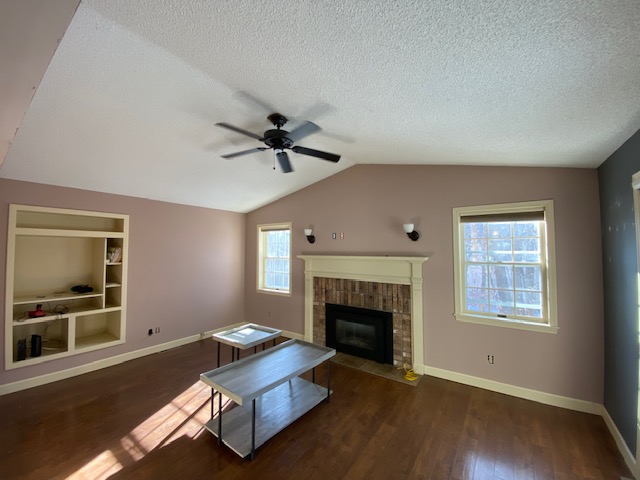
Vibrant Contrasts: Mastering the Art of Complementary Color Use in Home Decor Apr 22, 2025
Complementary colors are pairs of colors that, when combined, create a striking contrast while still being visually appealing. These colors sit opposite each other on the color wheel, such as blue and orange, red and green, or yellow and purple. This natural opposition means that when used together, they create a dynamic, balanced look that draws the eye and brings energy to a room.
To begin incorporating these vibrant contrasts into your home decor, consider the mood you want to create in each room. Complementary colors can be used in both subtle and bold ways, depending on your personal style and the atmosphere you wish to cultivate. For a dynamic living room that exudes warmth and hospitality, you might consider a rich red paired with a deep green. This combination provides a classic yet modern palette that works well with both traditional and contemporary furnishings.
Another way to apply complementary colors is through accent pieces. If you're hesitant to paint entire walls in these bold hues, start small. Choose accessories like cushions, rugs, or artwork that feature your chosen complementary colors. This approach allows you to add pops of color without overwhelming your space. A bright blue vase on an orange side table, for instance, can become a focal point and conversation starter.
When painting large areas, such as walls, using one color as the dominant and the other as an accent can provide stunning results. This technique involves painting one wall in your main color and selecting the complementary color for smaller details, like trim or shelves. Not only does this add depth to a room, but it also accentuates architectural features.
An essential aspect of working with complementary colors is achieving balance. Too much contrast can be jarring, so it's crucial to harmonize the tones. Consider incorporating neutral colors like white, gray, or beige to soften transitions and ensure the overall composition feels cohesive. For instance, in a kitchen where you might pair yellow cabinets with purple accents, white countertops and backsplashes help maintain a fresh, clean look.
Lighting also plays a crucial role in how colors are perceived. Natural light brings out the vibrancy in complementary colors, making them appear richer, whereas artificial light can change their intensity and shade. Be sure to test your chosen colors under different lighting conditions to understand how they interact throughout the day.
For homeowners looking to refresh their space, employing complementary colors can be both satisfying and rewarding. With a bit of creativity and guidance from professionals like those at 920 Interior Painting & Design, your home can transform into a masterpiece of vibrancy and balance. Whether you're updating a single room or planning a complete home makeover, the use of complementary colors can elevate your decor to new heights.
In conclusion, mastering the art of complementary color use can significantly impact the ambiance and aesthetic of your home. By understanding how to effectively pair these vibrant hues, you can create spaces that are not only visually appealing but also inviting and expressive of your personal style. As you embark on your home decor journey, remember that the experts at 920 Interior Painting & Design are here to support you at every colorful step of the way.
/filters:no_upscale()/media/66030e30-6b8e-4660-8833-441188e0f121.jpeg)